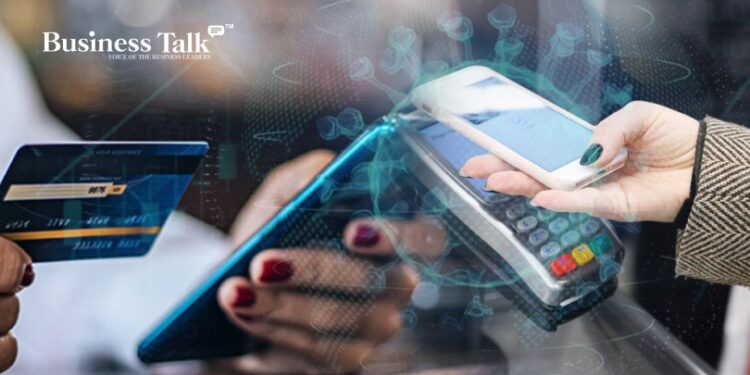The global economy’s cogs are kept turning by finance, possibly more than anything else. Large financial institutions, who control the capital markets, have long neglected to provide financial services to individuals on the periphery of society. But thanks to technological advancements, everything is evolving fast. A number of “non-traditional” financial services providers and technology firms are upending the finance sector and significantly aiding in banking the poor, at least through the allocation of fundamental financial services including microinsurance, money transfers, and payments. With an increasing degree of success, hundreds of start-ups throughout the world keep expanding the realm of what is feasible in this field.
Digital payments are expanding due to the widespread use of smartphones and high-speed internet. The upheaval is nevertheless acceptable because it addresses some of the society’s long-standing concerns. In emerging and developing nations, large transactions are made in cash every day for things like paychecks, cash grants, humanitarian aid, and payments to vendors and farmers. And changing these transfers from cash to digital has the chance of enhancing the lives of those with limited pay.
But before we go any further, let’s understand the concept of digital payment in detail.
What are Digital Payments?
Digital payments are transactions that take place via digital or online modes, with no physical exchange of money involved. This means that both parties, the payer and the payee, use electronic mediums to exchange money. The Government of India has been undertaking several measures to promote and encourage digital payments in the country. As part of the ‘Digital India’ campaign, the government has an aim to create a ‘digitally empowered’ economy that is ‘Faceless, Paperless, Cashless’.
Different types of digital payments
1. Banking Cards
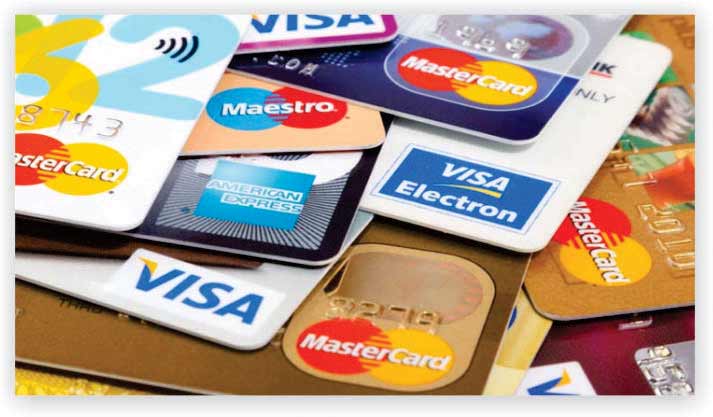
Cards are preferred for a variety of reasons, including portability, ease, privacy, and security. The only digital payment method that is used often for both online and offline transactions is this one. A lot of apps are being released in the market solely for managing card transactions.
2. Aadhaar Enabled Payment System (AEPS)
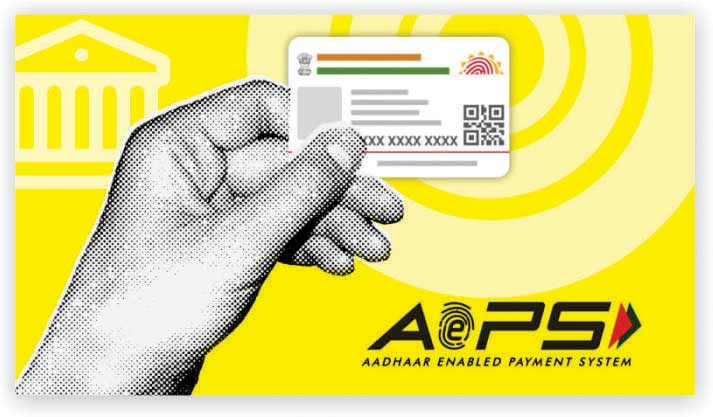
To capitalise on the existence and reach of Aadhar, the bank-led AEPS digital payment mechanism was created. Customers can transfer money between two bank accounts that are linked to their Aadhaars using this technology by using their Aadhaar-linked accounts. Aadhaar authentication is used by a Business Correspondent, also known as a Bank Mitra, to accept digital payments at PoS (Point of Sale / Micro ATM) locations.
3. Unified Payments Interface (UPI)
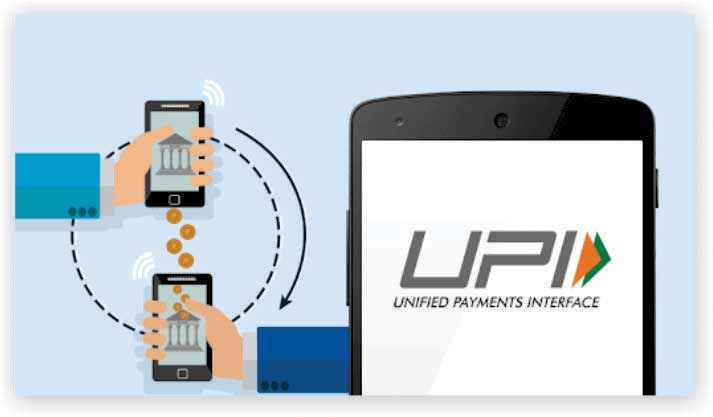
The UPI payment system makes it simple to transfer money between any two people by combining several bank accounts into a single application. UPI is significantly more defined and standardised across banks than NEFT, RTGS, and IMPS. With only a few clicks, you may start a bank transfer via UPI from any location. You can pay straight from your bank account via UPI, which saves you from having to fill in your card or bank information.
4. Mobile Wallets
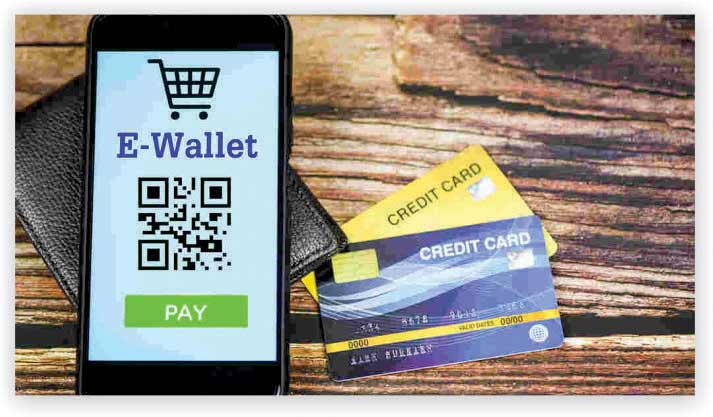
As the name implies, mobile wallets are a type of wallet that allows you to carry cash but in a digital medium. To enable secure digital transactions, customers typically link their bank accounts or banking cards to the wallet. Another method of using wallets is to fund the mobile wallet and then transfer funds using that balance. mRupee, Paytm, Freecharge, Mobikwik, and Vodafone M-Pesa are a few examples of widely used mobile wallets.
5. Bank Prepaid Cards
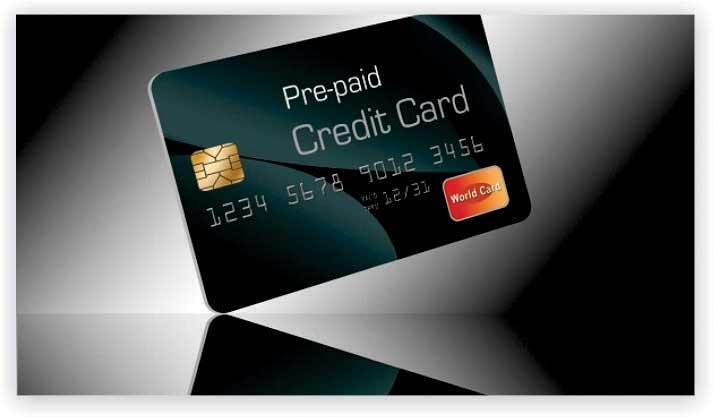
A bank would typically issue single-use or reloadable bank prepaid cards that are pre-loaded with money for several transactions. It differs from a typical debit card in that the latter can only be used once and is always connected to your bank account. For prepaid bank cards, this might or might not be true. Customers with KYC-compliant accounts can create prepaid cards by going to the bank’s website and entering their information.
6. PoS Terminals
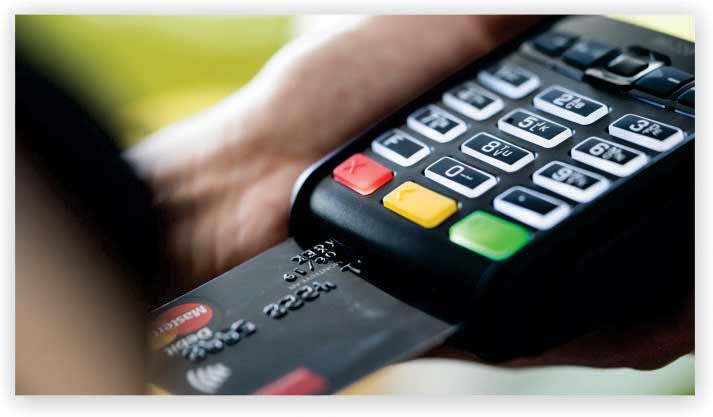
PoS terminals were once thought of as the payment processing stations in malls and retail establishments. Customers can make purchases at the most popular sort of PoS machine by simply swiping their debit or credit card and entering their PIN. With digitalization and the increasing appeal of various online payment options, new point-of-sale (PoS) solutions have entered the market, such as the contactless PoS system that can provide up to ₹2,000 without a card pin.
7. Internet Banking
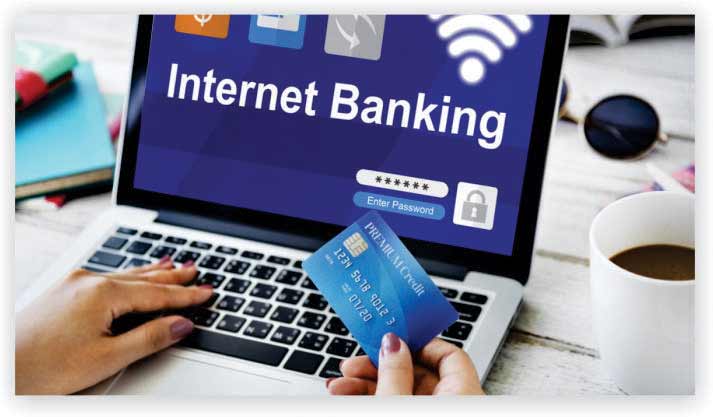
Customers of a specific bank can process transactions and other financial operations online using internet banking, commonly referred to as e-banking or online banking. To use a bank’s website and make or accept money through internet banking you must have a consistent internet connection. Some of the most popular methods for doing transfers via internet banking are NEFT, RTGS, or IMPS.
8. Mobile Banking
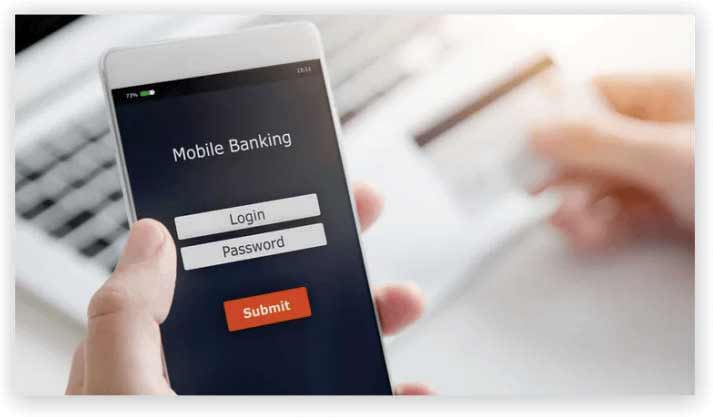
The practise of carrying out transactions and engaging in other banking functions using mobile devices, often through the bank’s mobile app, is referred to as mobile banking. These days, the majority of banks offer mobile banking programmes that can be used on computers, as well as handheld devices like smartphones and tablets. A single platform houses several payment options including IMPS, NEFT, RTGS, and IMPS as well as other services like investment, financial records, bill payments, etc.
9. Micro ATMs
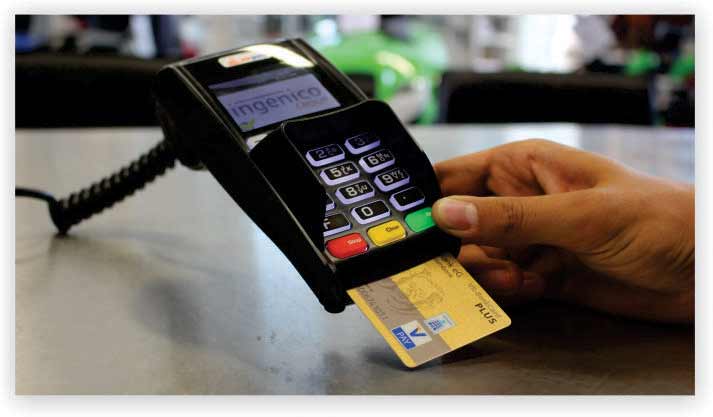
Business Correspondents (BC) use a micro ATM to provide consumers with crucial financial services. These Correspondents, who might even be local business owners, will act as a kind of “micro-ATM” for carrying out quick transactions. They will employ a system that only requires your fingerprint for authentication to allow you to transfer money using your bank account that is linked to your Aadhaar. These Micro ATMs provide balance inquiries, money transfers, withdrawals, and deposits.
Benefits of Digital Payments
Ensuring financial fairness becomes a major concern in a nation like India, where discrepancies can be extreme. To increase access to financial resources, our government began advocating for the cashless society and Digital India. Digital payments provide a variety of benefits.
a) Ease and convenience
The seamless experience that digital payments offer to clients is one of their most important benefits. Online payments are a favoured option because of the decreased reliance on currency, quick transfer times, and simplicity of transactions. Cash and checks, two common forms of payment, add to the complexity, risk, and requirement for physical presence. You can instantly send and receive money using digital payment methods from any location in the world.
b) Economic progress
Once customers realise how simple, convenient, and secure internet payments are, they engage in more online business. This indicates that an increasing number of people are at ease making purchases online, making investments online, and moving money using electronic means. The expansion of online commerce and money transportation both help the economy grow.
c) Safety and efficient tracking
It takes effort and time to handle and deal in cash. Coupled with the chance of losing money, carrying cash about and keeping it secure can be a bother. One may easily keep their money secure online by using digital payments. These days, all you need is your smartphone to send and receive money, as well as easily track your finances.
Takeaway
In conclusion, digital payment has facilitated financial transactions while also promoting financial literacy. And as time passes, this surge will just spur on even more breakthroughs. Online payments are anticipated to increase dramatically as financial accessibility and financial awareness become more and more prevalent.
Also Read:

Business Talk is a digital business magazine that caters to CEOs, Entrepreneurs, VC, and Corporates. While working with entrepreneurs and business executives, we focus not only on their achievements. Our mission is to shed light on business entities, including their innovations, technological benchmarks, USPs, and milestones/accolades.



